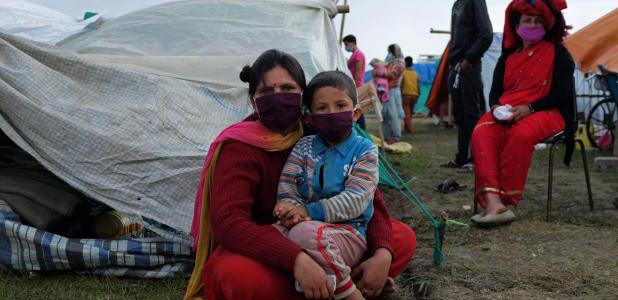
Nepal Earthquake Response Update
A CCCM Cluster surge team arrived in Nepal on 27 April and further support is being mobilized to assist the government and humanitarian partners in responding to Saturday’s (25/4) 7.8 magnitude earthquake.
The Government of Nepal and the humanitarian community estimate that over 8 million people have been affected in 39 of the country’s 75 districts – over 2 million people are thought to reside in 13 of the most severely affected districts. The UN’s humanitarian cluster system has been activated. The Ministry of Urban Development leads the Camp Coordination and Camp Management (CCCM) Cluster alongside IOM. Humanitarian partners have begun distribution of essential non-food items including shelter kits, tents, blankets, health kits and hygiene kits. To help target the response, the Displacement Tracking Matrix (DTM), a key tool for gathering, analyzing and disseminating information on displacement patterns, is being rolled out in Kathmandu Valley. As of 1 May, assessment teams have been able to access 16 displacement sites in Kathmandu. The main needs are safe drinking water, latrines and camp management support to ensure that standards are maintained, needs addressed and protection concerns mitigated. 13 of these 16 sites had been pre-identified by the CCCM Cluster lead agencies in country as part of disaster preparedness efforts. Assessments are being expanded to further sites as access opens up. According to the latest humanitarian snapshot information as of 1 May, 160,786 homes have been destroyed and 143,673 damaged. In Ghorka District, closer to the epicentre, 90% of houses are thought to have been destroyed. More information on the assessed sites and the cluster’s work can be found at http://www.humanitarianresponse.info/en/operations/nepal/camp-coordinati... Photo Credit: Matt Graydon, IOM 2015.
